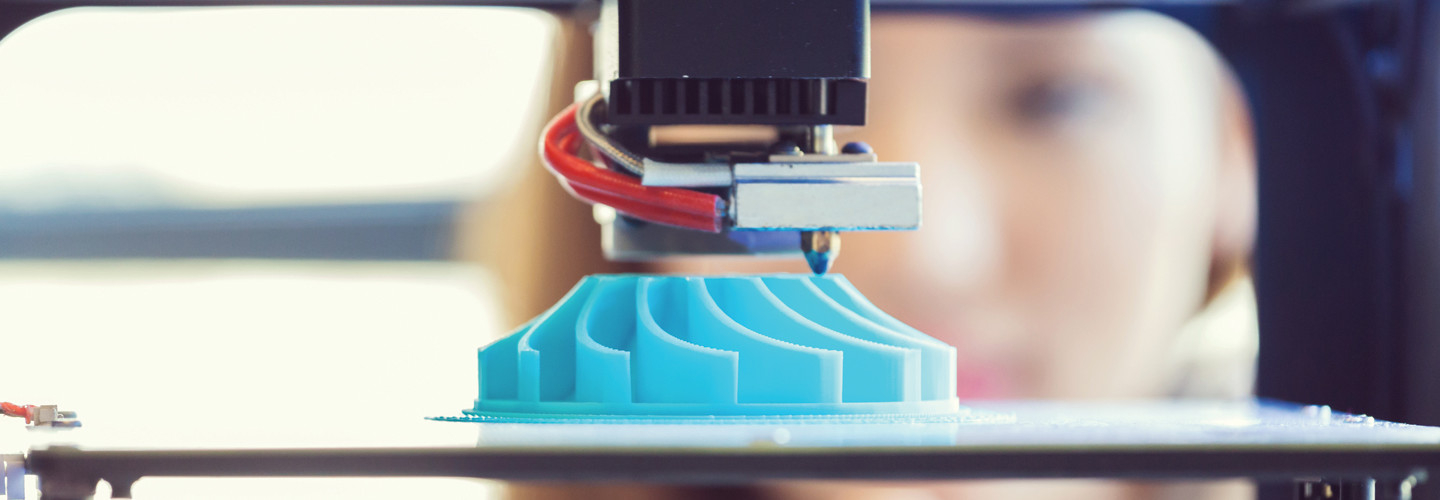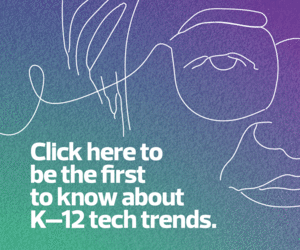Since the introduction of the 3D printer, Crist has brought other technologies — typically reserved for advanced programs in science, technology, engineering and math — into his lessons. His students learn robotics, coding, computer-aided design and more, and they’re exposed to artificial intelligence and devices ranging from digital assistants to Chromebooks. Crist began using this technology in his special education classes when he saw how important the skills would be to his students for future jobs.
WATCH NOW: Special education teachers use technology with a focus on vocation.
Special Education Students Learn Skills for Their Future
In the early 2000s, a friend of Crist’s father was bemoaning the operational cost of his company’s new 3D printer. While he loved the technology, the company had to pay an engineer $60,000 to $70,000 “just to babysit this printer,” Crist explains. “That inspired me to get my students working with the technology. If somebody had knowledge of that technology, they could make a good living wage without necessarily going to college.”
Crist was looking for career pathways for his students in the technology field, which he felt would set them up for future success. Though he began this integration in the early 2000s, there are even more jobs available in technology today.










